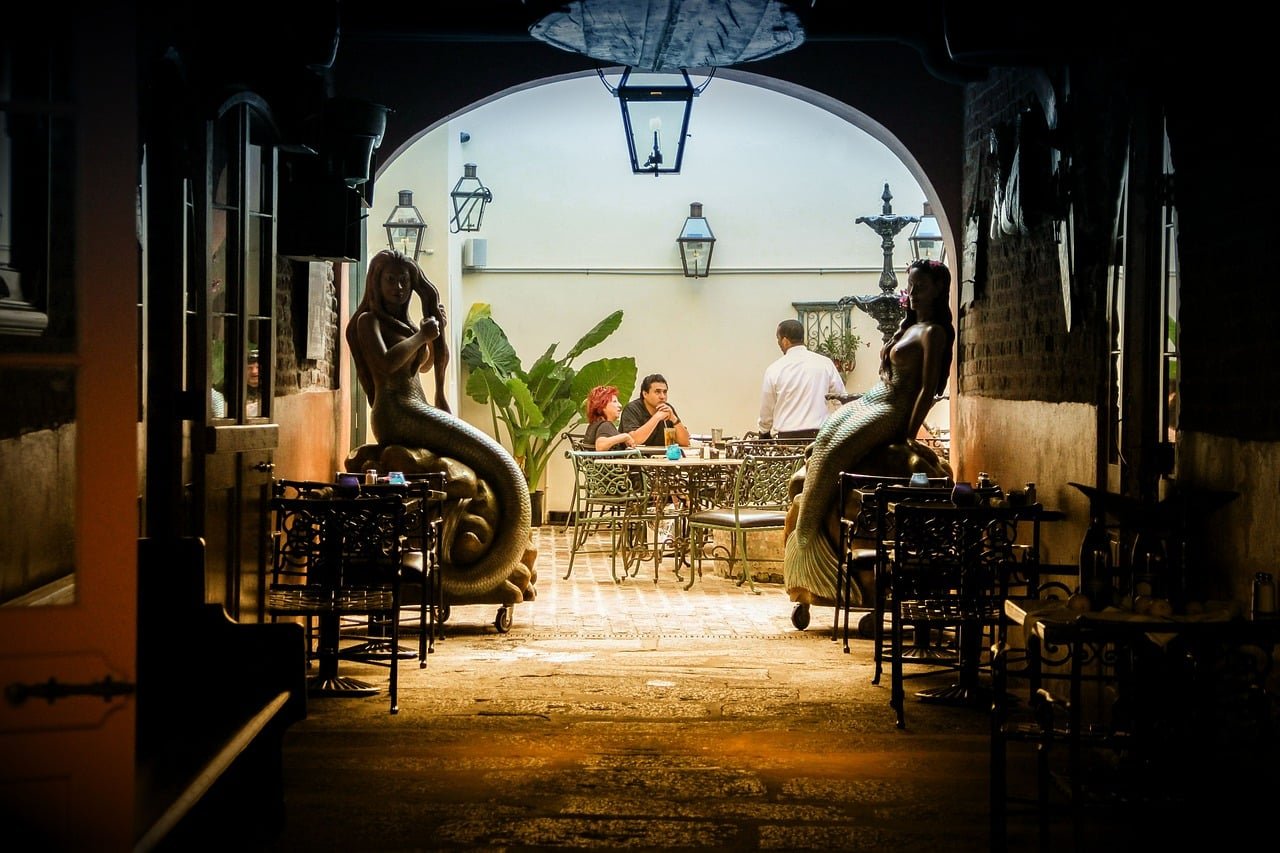When my plane touches down at New Orleans International Airport, the only thing I can think about is how quickly I can get to my hotel. The temperature is mild, especially after three days in freezing North Dakota. I get out of the taxi in front of the International House Hotel and, once in my bedroom, I fall asleep in no time.

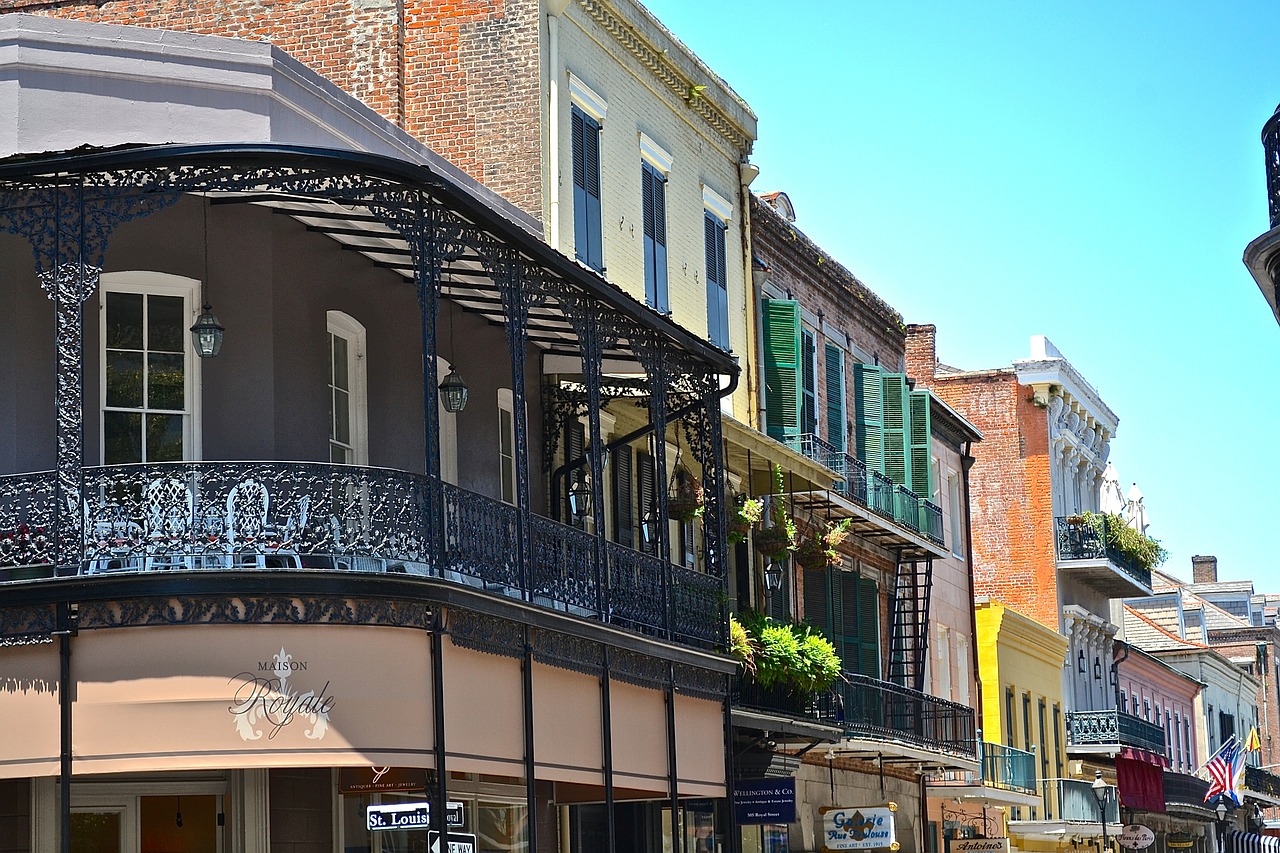
The next day I am ready to explore New Orleans: I have one day, so I need to make the most of my time in the city.I walk along Chartres Street, towards the French Quarter or the Vieux Carré, as they call it here: it’s the city center, where the French have left their mark. At the beginning of the 18th century, French colonisers settled in Nouvelle Orleans, followed shortly after by the Spaniards. Foreign influence is still visible in the neighborhood, what with its wrought-iron balconies and its enclosed courtyards. This is where the Mardi Gras parade takes place every year at Carnival. Artists from around the world meet up in these streets and in the countless bars for the Jazz Fest, the musical event that Louis Armstrong and Duke Ellington loved to attend. Mardi Gras has been and gone and too early for the Jazz Fest, so I can only imagine what the quarter might look and sound like during the two celebrations.
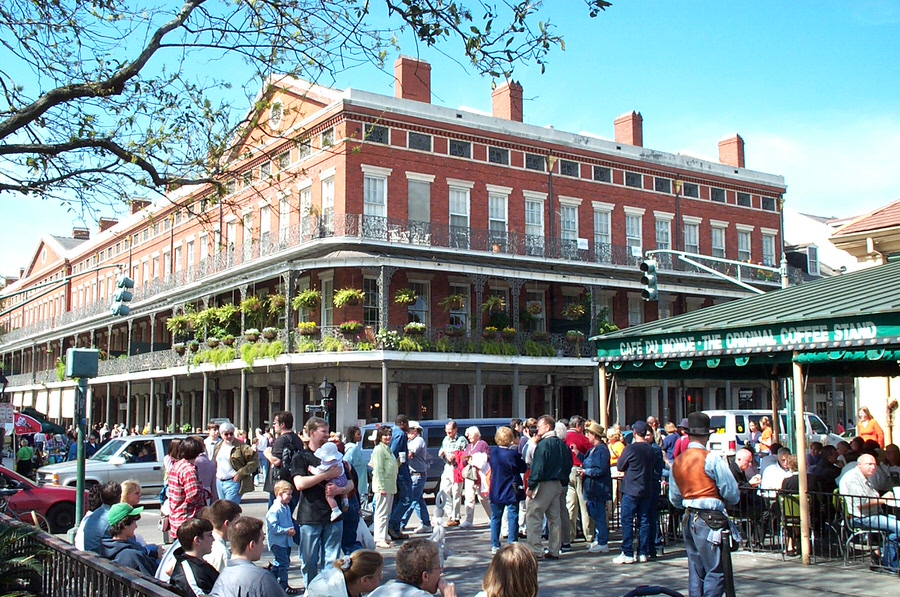
I walk past Jackson Square, then cross Decatur Street towards what – according to my friend Sarah, who has lived here for two years – is the best place in town. The Café du Monde is in front of me, with small tables along the pavement and the green and white striped curtains. I don’t need a menu to order breakfast, I know exactly what I want. Despite being a tourist spot, the Café du Monde is a landmark in New Orleans: its fame comes from their beignets, a deep fried, square-shaped piece of dough covered in powdered sugar. When the waitress sets the tray on my table I undergo the same fate of the other customers: as I bite into the dough, the sugar forms a white, fluffy cloud that lands on my dark blue t-shirt, leaving whitish stains that I will carry around for the rest of the day. Now I need to walk the two beignets off, so I head in the direction of Woldenberg Park, along the Mississippi. There’s another landmark of the city: the steamboats floating on the dark surface of the river. I choose not to stop here, and walk past Canal Street, which divides the French part of New Orleans from the American one.
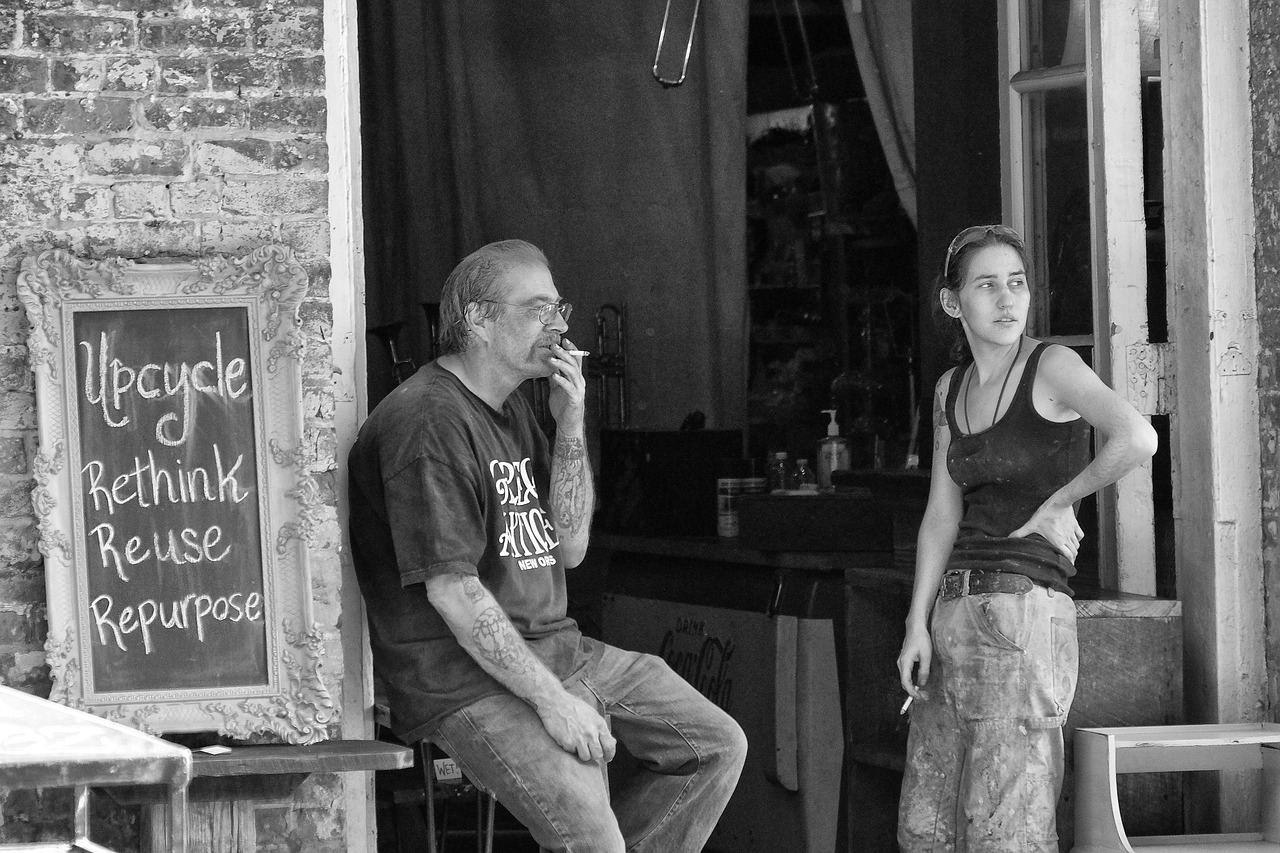
The Crescent City Farmers Market takes place every week at the corner of Girod and Magazine Street: Louisiana farmers gather here to sell fruits, vegetables, fish and meat. From one of the stalls I buy an oyster po’boy, the famous lettuce, tomatoes, mayonnaise and oyster sandwich. As legend has it, po’boys used to be served at the beginning of the 20th century to the poor boys, namely, the tram drivers who had stopped earning their salaries because of a strike. The sandwich is far from poor and it’s delicious. The man behind the counter is happy that I liked it, and forces me to try an alligator sandwich. I don’t know whether he’s making fun of me: he wraps the food into a square of greasy paper and hands it to me. For what I know, it could be chicken or turkey, but I don’t dare question the sturdy man and bite into the bread and the pale meat. And it tastes good, whatever it is.
After all the food, I feel I should head back to the hotel for a nap, but I have something else to do. I have booked a taxi that will drive me through the Ninth Ward, the area of New Orleans which was most affected by hurricane Katrina in 2005. The flood walls weren’t strong enough and failed to contain the strength of the water. As a result, streets and houses were flooded and swept away.
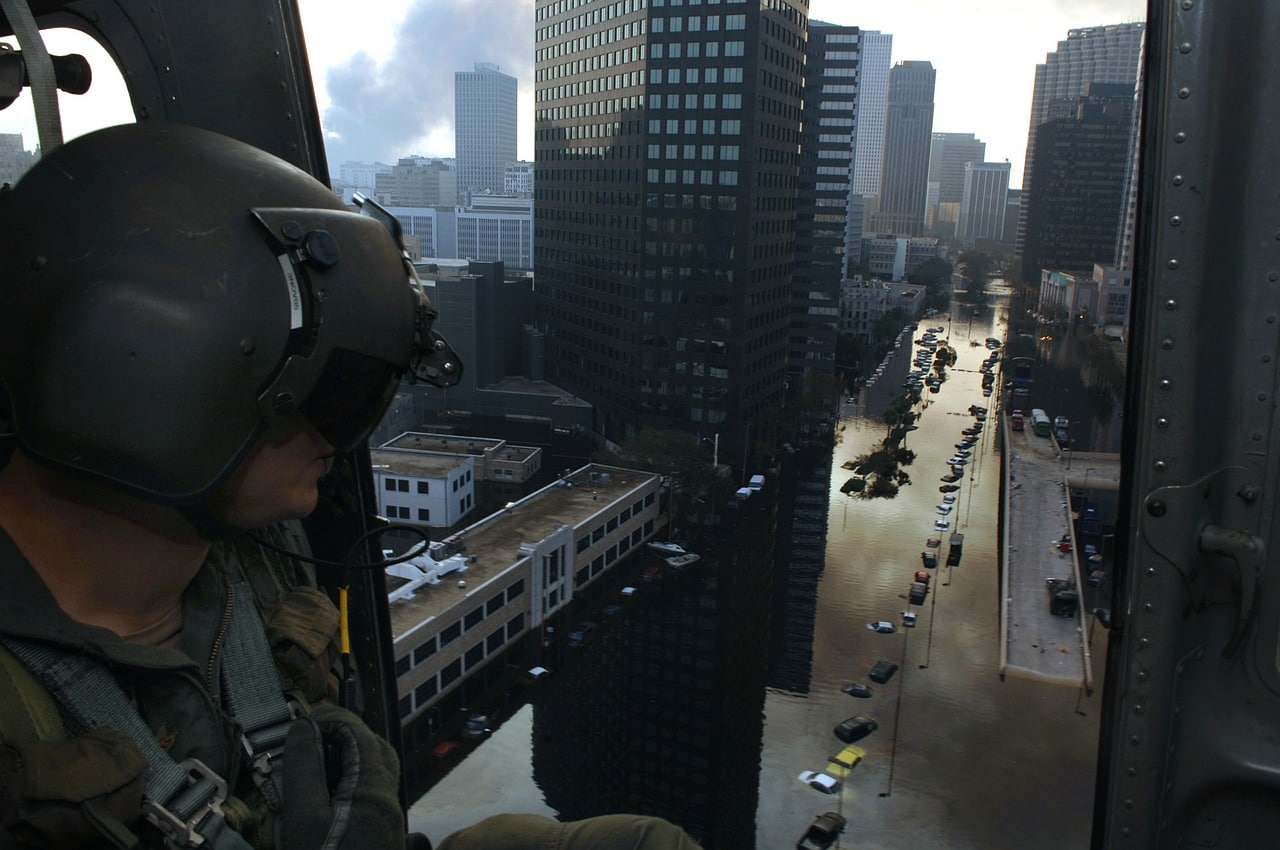
The driver cannot hide his sadness, and I don’t ask whether he lost someone during the flooding. The area has been rebuilt, but there are still abandoned houses with the faded X signs made by the firemen to show that the building had already been inspected. I am not in the best of moods when I go back to the hotel, but at least I have learned something of the tragedy that changed the history and face of the city.My time in New Orleans is nearly up, but there’s still something that needs to be done: I want to eat gumbo, one of the most renowned dishes of the state. I was told that a distinction should be made between the Creole and the Cajun version: basically, it’s a vegetable soup, and the difference between the two recipes is the use of tomatoes – or lack thereof. Apparently, both Creole and Cajun cuisines result from the attempt to blend the French and the Spanish gastronomic traditions with the culinary heritage of southern Louisiana. The outcome is what matters: the crab cake and the prawn and crab gumbo that I order from the menu at the Acme Oyster House are delicious. I walk the few blocks back to the hotel, making my way through the tourist strolling in the opposite direction, towards the bars of the French Quarter.
I live in a small town in Italy and I work in a small office on a secondary road. But I dream of living in Notting Hill, working in Williamsburg, having a glass of wine in Montmartre and dining in North Beach. And, why not, even doing some shopping in Fifth Avenue. I’m not able to cook but I love to eat, and through food and culinary traditions I explore new places and share what I found in my writings.

